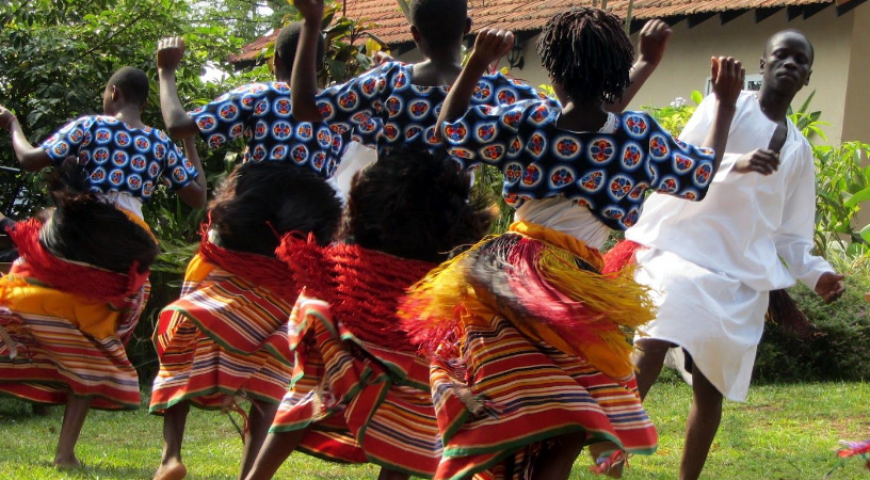
Baganda Culture
Who are the Baganda?
The Baganda Culture live in Buganda Kingdom. Baganda belong to Bantu group, forming the largest kingdoms in present-day Uganda, comprising all of Uganda’s central region. It is located along the northern and western shores of Lake Victoria with a population of 14 million people. The kingdom borders Bunyoro Kingdom and the Nile River. The kingdom is led by the kabaka(king). The largest tribe in Uganda, especially Kampala, the capital city of Uganda, is occupied by the Baganda people.
what Language do Baganda People speak?
The Baganda speak a Bantu language called Luganda, which belongs to the Niger-Congo family of languages. The Luganda language is rich in metaphors, folktales, and proverbs. Such as “to kill an animal, you don’t need to wait to see its tail before you strike.” My man is surrounded by spears (the tongue, surrounded by teeth).
Religious Beliefs of the Baganda
The Baganda culture consists mainly of Catholics and Protestants, and about 15% are Muslims. In the 19th century, the Baganda people mostly practiced indigenous religion known as the Balubaale cult. This consisted of gods who solved different problems, such as fertility, drought, warfare during wars, among many others.
The Baganda also believed in spiritual forces which they thought caused illness and different misfortunes to those who wore amulets to chase the evil powers. The most important spirits were the ancestors (Muzimu), who visited the living in dreams and visions. To warn the living of any danger or any good things that was about to occur to their lives.
Cultural setting in the Buganda Kingdom.
In the Baganda culture, the husband and father is supreme, whereby the children and women kneel to the husband as a sign of respect for his authority as the head of the home.
The Baganda women wear a Gomesi/abusuuti, which is very long, brightly colored, with a square neck and a large mass of clothing falling on one side around the waist to hold the dress. Traditionally, the busuuti are strapless and made from bark cloth, and women wear them mostly during festivals and ceremonial occasions. The Buganda man wears a kanzu (long white cotton robe), which is accompanied by trousers with a suit jacket.
In the 19th century, education was a community business whereby members of the family would combine resources to send a promising child to school, who would in turn help the relatives after school.
The Buganda people do wrestling, especially by the males, and events are accompanied by singing, drinking, and drumming. Other outdoor games that boys participate in include floor and finger pool(duulu), dodgeball(kwepena), and a kicking game where boys stand aside and attempt to knock over the other boys.
The people make crafts from bark materials, mostly baskets and musical instruments, whereby the materials are soaked in water and later beaten with a wooden mallet, which makes the yields soft to start decorating with paint. The big pieces are used to partition houses, and the remaining smaller pieces are decorated with black dye. Women wear them as royalty cloth and bark-cloth dress which is the national dress. Today, these are replaced by the cotton cloth Busuuti.
Attraction found in Buganda Region.
Attractions in this region include Kabaka’s Lake, the largest man-made lake dug during Kabaka Mwanga’s regime. This was in 1885 attracting tourists with beautiful birds on its shores.
Bulange building (the parliament), is where issues concerning the Buganda kingdom are discussed. And also where the ministers of the kingdom sit.
Kabaka’s palace and Kasubi tombs, which are the burial site of the royal family and the most valued place. This is because they have all the traditions and heritage of the Buganda kingdom.

